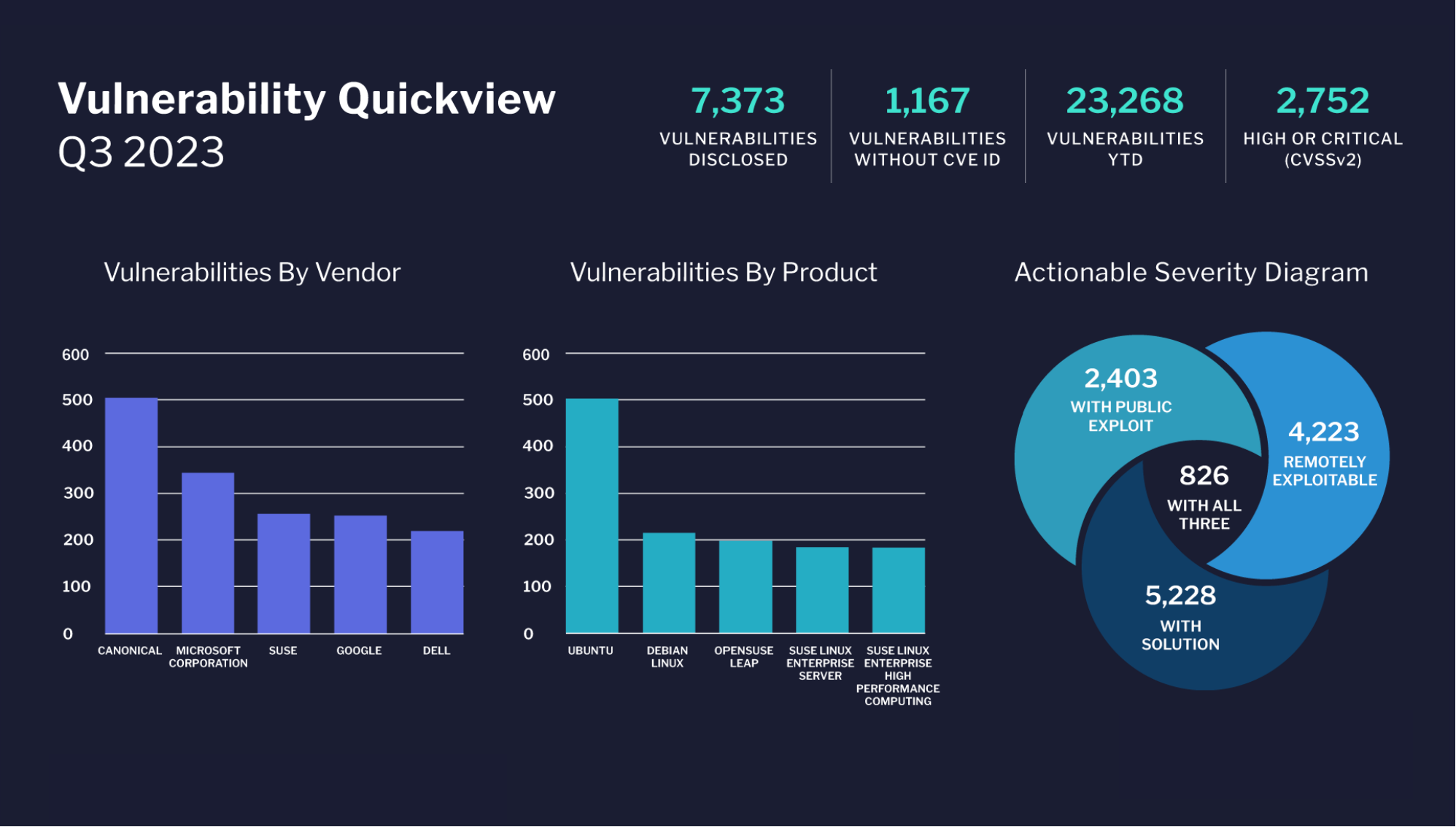Today, many organizations rely on the cloud for database and application services, a safe, cost-effective, and operationally advantageous strategy. However, when a widespread network outage hits, the necessary recovery mechanisms aren’t always in place. According to a recent 451 Research study, organizations spend 28% of total IT budgets on hosting and cloud services, and so whether due to natural disaster, construction blunders, or cyber challenges such as sweeping DDoS attacks, loss of connectivity is a disaster for just about all of us.
A major benefit of cloud networks and applications is the possibility of remote working, and this is an approach sometimes implemented during cloud network outages. Assuming employees are able to move to alternate locations with connectivity, accessing an organization’s cloud structures and tools requires only the foresight to set up such remote access and train employees on its use; unfortunately, this valuable tactic, albeit typically a temporary solution, is often overlooked in disaster recovery strategies.
And though a valuable device to be included in a disaster recovery plan, experts recognize that remote working is only a stop-gap, and in major disasters that result in widespread power and connectivity outages, all but useless. When preparing a comprehensive disaster recovery strategy, it’s necessary to play the pessimist and work from a worst-case scenario position.
To thoroughly prepare for everything (or at least most) that can go wrong, it’s necessary to know what can go wrong. Perhaps a good brainstorming session to have with disgruntled employees on a Monday morning. Again, we’re not looking for glass-half-full considerations; we want to know which departments will be hit hardest, the shortest time the organization can cope with outages, and the most severe consequences that might occur. Documenting which users can remain productive versus those who will be unable to continue is necessary, and considering cloud-dependent versus cloud-optional services helps fill out the foundation of your disaster recovery strategy. Contemplate the effect on the business; how many days down can be survived?
Once all worst-case scenarios have been developed (and employees are thoroughly disheartened), it’s possible to begin creating a solid disaster recovery strategy. In the case of cloud network outages, redundancy for connectivity is essential. Ensuring multiple access points are available means cloud services and applications don’t necessarily have to remain unreachable in a disaster but can instead be utilized in alternate, if less efficient, manners. Commissioning connectivity that’s entirely independent of terrestrial infrastructure certainly comes with cost considerations, but having the option of satellite or mobile connectivity services in a disaster may be warranted.
Of course, a cloud network outage might not be the result of connectivity failure. Should another disaster such as last year’s DDoS attack against Dyn occur, the challenge lies with the cloud provider itself, resulting in services and applications being unavailable to users everywhere. In such a case, having the backup of on-premise solutions is essential. Though many of us use the cloud for data storage and management, a secure and highly accessible practice, keeping copies of data on-premise is a viable disaster management tactic. Though this requires advanced development of in-house security measures, it ensures valuable data isn’t threatened by a single point of failure. Disaster recovery experts suggest that anything important enough to be secured in the cloud should be copied to different locations for enhanced protection.
hybrid cloud solutions are also worth considering, with data stored and accessed on local networks, while duplicates are sent to the cloud for both remote access and redundancy. With sophisticated synchronization features available, it’s possible to switch primary version from cloud to on-premise as necessary.
With the challenges considered and various solutions studied it’s important to test the measures decided upon. Laborious and time-intensive, perhaps, however, an untested solution is of no value at all. Should cloud network outages be of real concern to an organization, a well thought out and thoroughly tested disaster recovery strategy is imperative.
By Jennifer Klostermann





